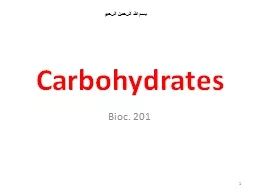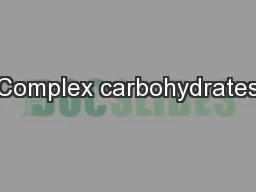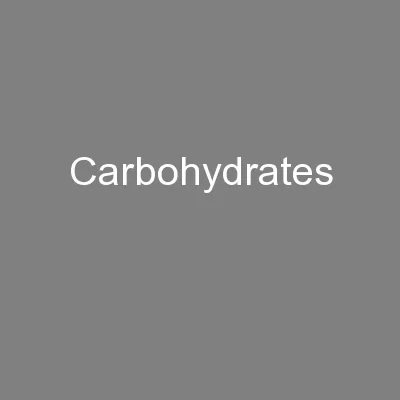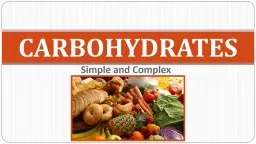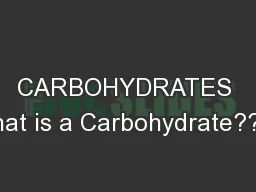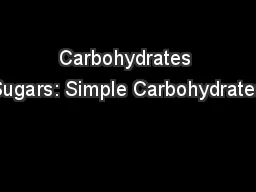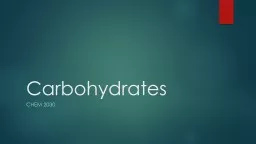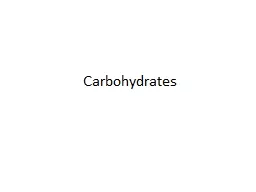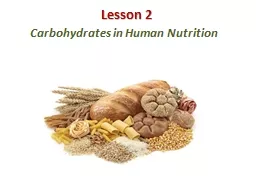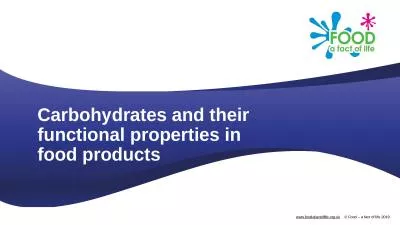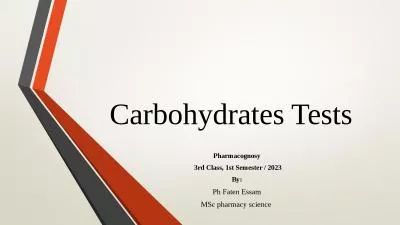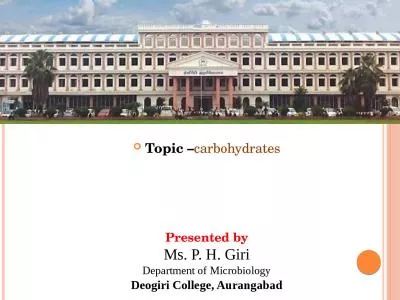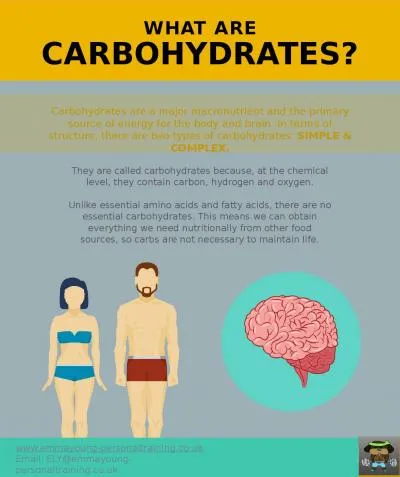PPT-Carbohydrates Bioc . 201
Author : liane-varnes | Published Date : 2018-12-16
بسم الله الرحمن الرحيم 1 Carbohydrates or Saccharides Carbohydrates are the most abundant organic molecules in nature Essential components of
Presentation Embed Code
Download Presentation
Download Presentation The PPT/PDF document "Carbohydrates Bioc . 201" is the property of its rightful owner. Permission is granted to download and print the materials on this website for personal, non-commercial use only, and to display it on your personal computer provided you do not modify the materials and that you retain all copyright notices contained in the materials. By downloading content from our website, you accept the terms of this agreement.
Carbohydrates Bioc . 201: Transcript
Download Rules Of Document
"Carbohydrates Bioc . 201"The content belongs to its owner. You may download and print it for personal use, without modification, and keep all copyright notices. By downloading, you agree to these terms.
Related Documents

